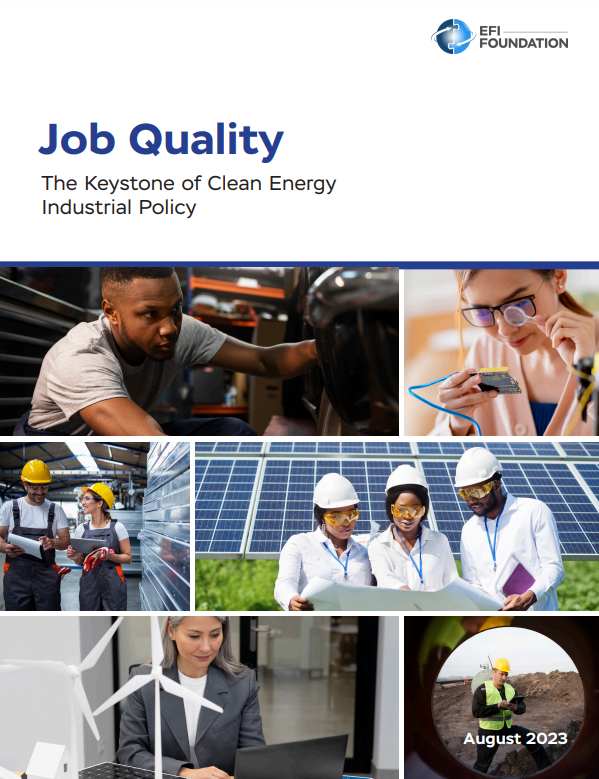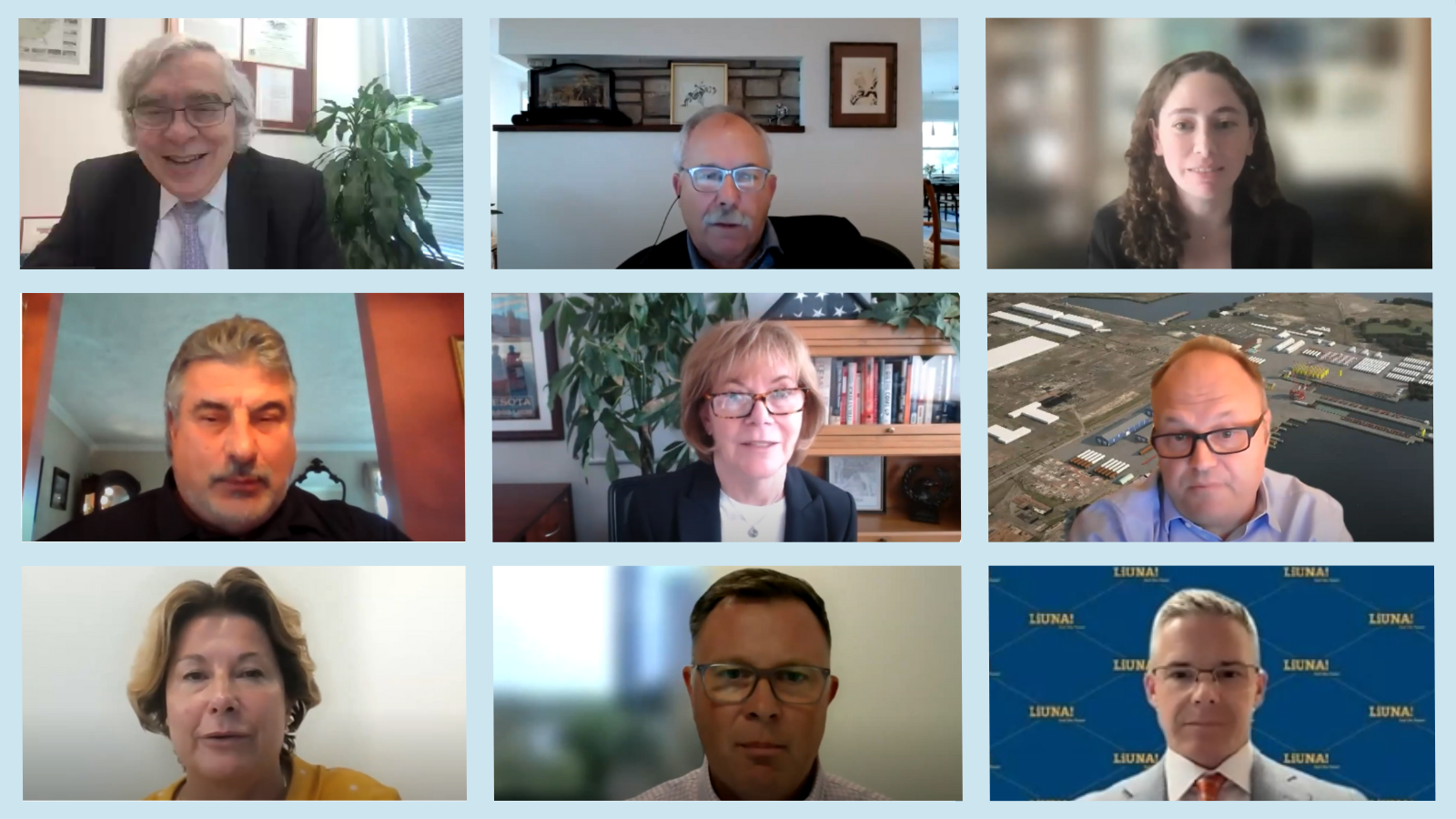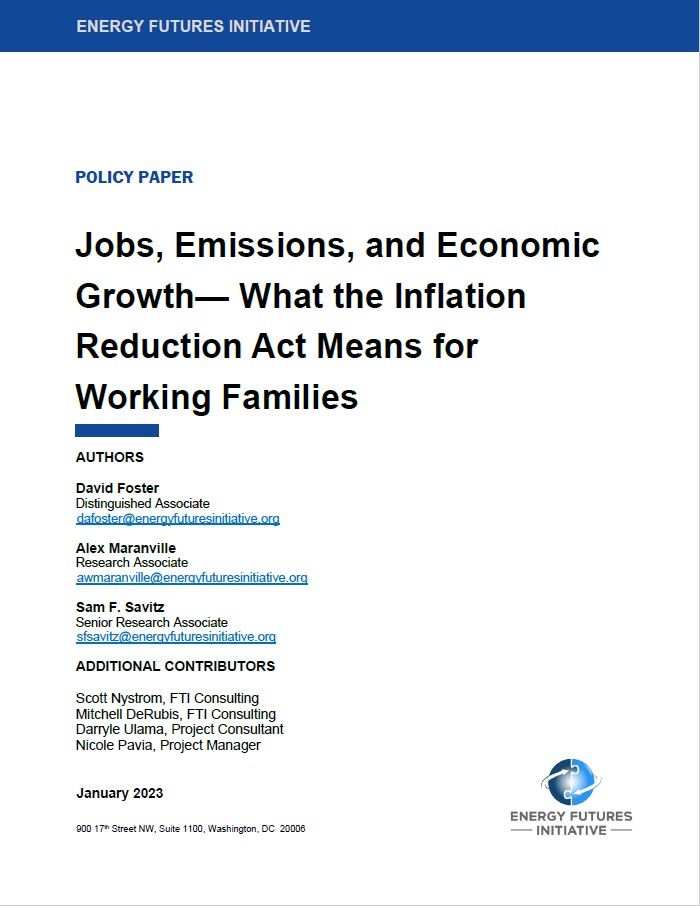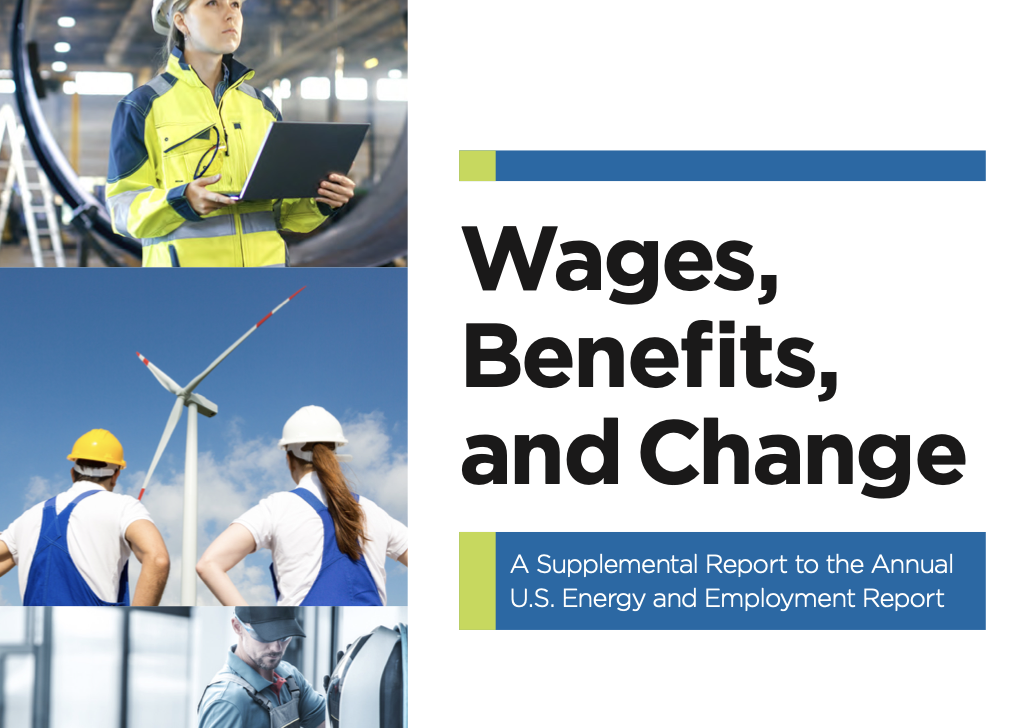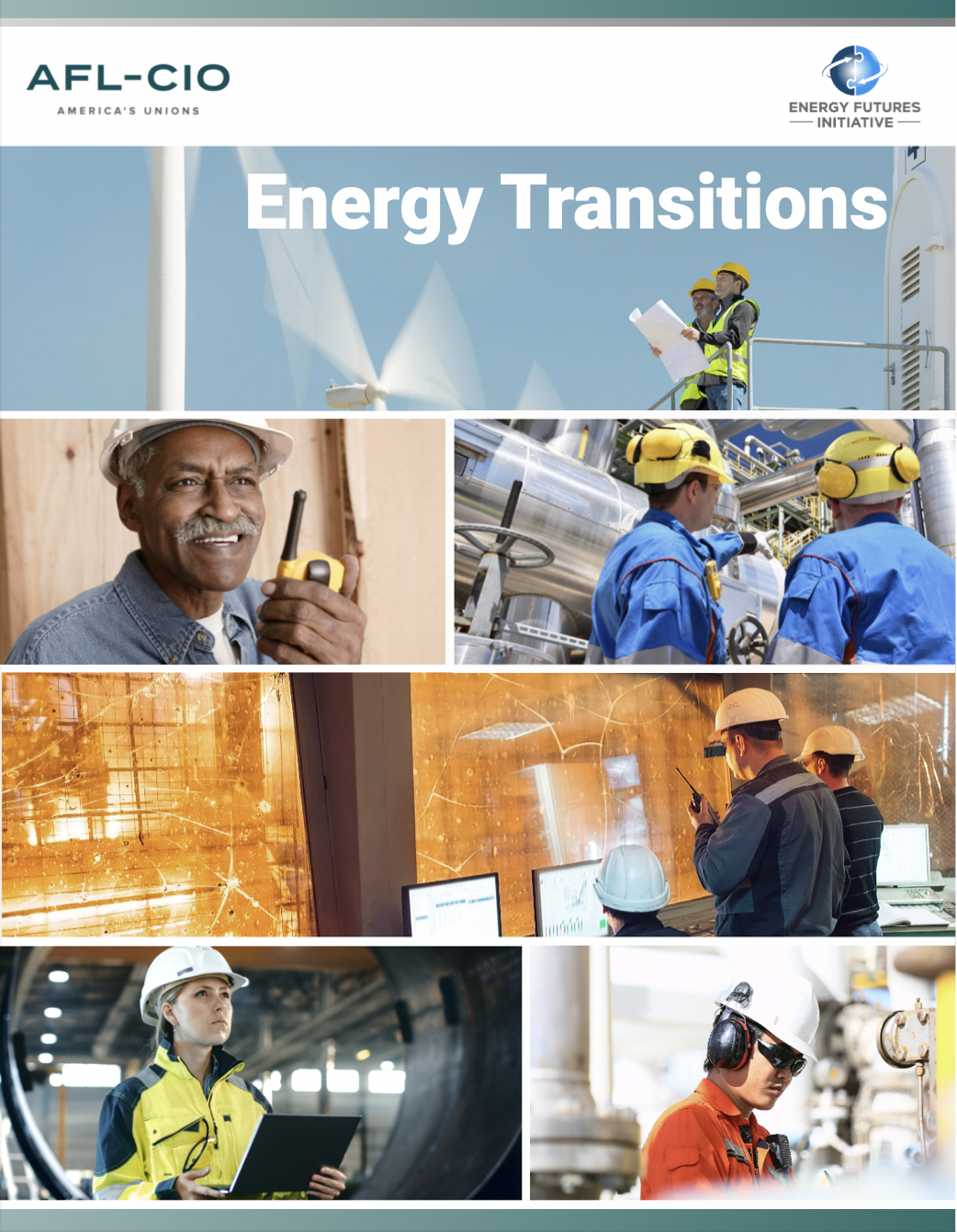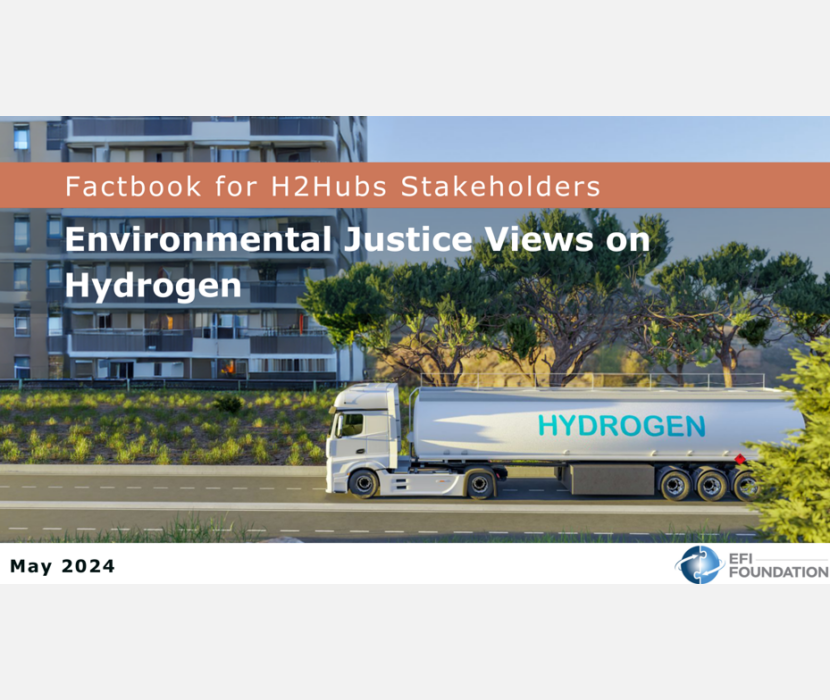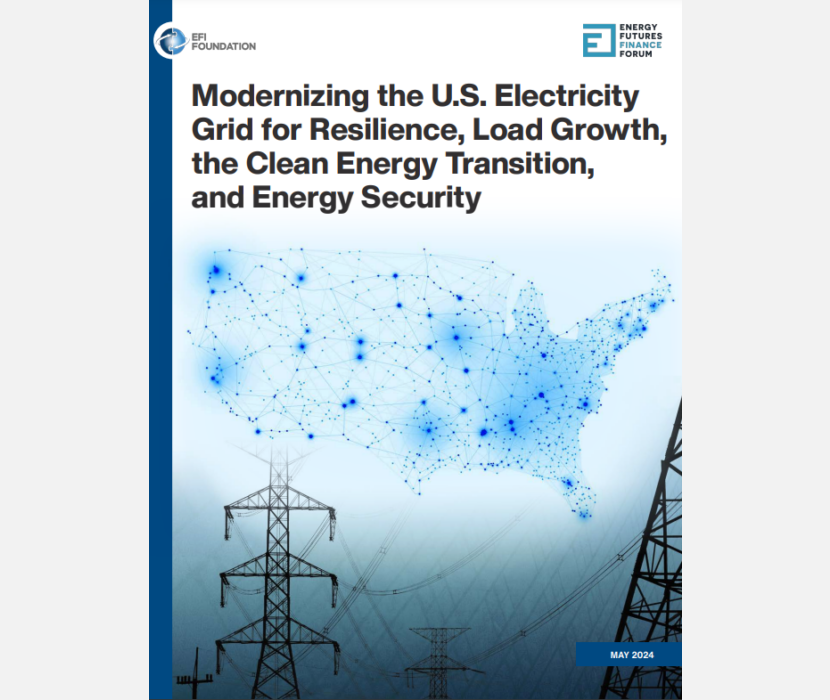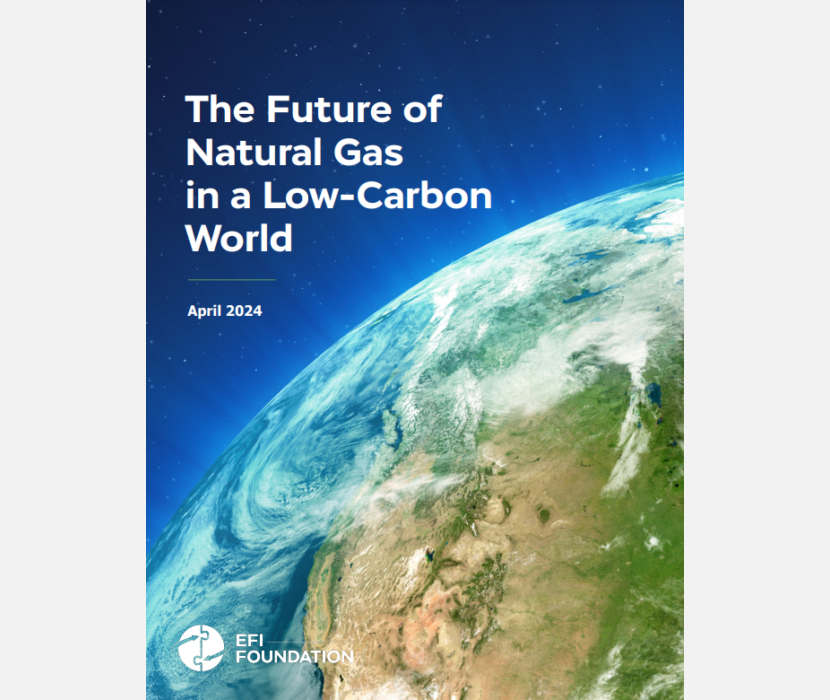Job Quality—The Keystone of Clean Energy Industrial Policy (August 2023) examines the investments and standards embedded in the Infrastructure Investment and Jobs Act (IIJA), the Inflation Reduction Act (IRA), and the CHIPS and Science Act in order to provide recommendations for how to strengthen job quality, create opportunities for union representation, and center workers in the clean energy transition.
The stakes for U.S. workers are high. Wage inequality in the United States has increased dramatically over the past 40 years: Real earnings have risen for high-wage and high-skilled workers but have stagnated for low-wage and low-skilled workers.
This stagnation is due to changes in technology, international trade, and labor laws that together have led to the erosion of union membership, diminished collective bargaining rights, and weakened workers’ rights and protections. Without effective public policies, new climate and clean energy jobs may replicate these trends.
The tools and funding incentives in the IIJA, IRA, and CHIPS and Science Act offer an unprecedented chance to address rising economic inequality and speed the adoption of clean energy technologies. These federal investments can lead to accessible, high-quality union jobs with family-sustaining wages, comprehensive benefits, and collective bargaining rights. They can also help address persistent structural economic, racial, and environmental injustices.
This report reviews seven tools either statutorily required in the IRA, IIJA, and CHIPS and Science Act—or through agency rulemakings, implementation authority, or related executive orders—and their limitations. It identifies practical implementation challenges, explores legal issues, and recommends strategies for strengthening agency execution and enforcement. The tools are listed below with brief descriptions and several of the associated recommendations:
- Project Labor Agreements are pre-hire collective bargaining agreements between unions and contractors or project developers to help ensure a reliable source of highly qualified workers while maintaining high labor standards. Federal agencies should consider using these agreements as an encouraged but optional compliance tool for the IRA’s prevailing wage and apprenticeship requirements. In discretionary grants or other federal funding, agencies should prioritize and incentivize the use of such agreements through robust scoring criteria and grant merit reviews.
- Prevailing Wage is the hourly wage paid to a majority of workers in a particular field in a specific locality and is required on federally funded public works projects under the Davis-Bacon and Related Acts; the three laws extend prevailing wage provisions to substantial portions of the federal funding for construction projects. For the IRA’s prevailing wage requirement, the U.S. Department of the Treasury and the Internal Revenue Service should adopt and adapt the Davis-Bacon and Related Acts’ relevant recordkeeping and compliance frameworks.
- Local and Targeted Hire is a worker hired for a federal project from a defined local geographic area or based on specific economic conditions. The Biden administration should affirm local and targeted hire as a good jobs policy across all relevant federally funded projects, including by reforming the Uniform Guidance to remove the prohibition on local hire in federally assisted procurement.
- Workforce Development and Apprentice Programs support the creation of high-quality jobs through accessible skill development and career advancement opportunities. The administration should establish a national energy transition workforce development plan to align the three laws’ workforce development provisions within a broader framework that coordinates federal agencies’ policies with labor unions, relevant businesses, and educational institutions.
- Community Benefits Plans are an innovative grant scoring tool developed by the U.S. Department of Energy to incentivize funding applicants’ commitment to the creation of high-quality jobs with strong labor standards. They should be required across the laws’ discretionary grant programs and agencies must institutionalize their use.
- Energy Community Tax Credit Bonus is a tax code innovation to spur investment in disinvested and deindustrialized regions most affected by the clean energy transition. The U.S. Department of the Treasury and the Internal Revenue Service must clarify the remaining uncertainties in the forthcoming proposed regulations.
- Domestic Content is an industrial policy tool to develop robust domestic manufacturing supply chains and expand job opportunities. Agencies must prepare to provide technical support to federal funding recipients who are new to domestic content requirements and commit to strong adherence to the requirements with narrow exceptions for waivers in limited circumstances.
The report notes that these measures alone are insufficient to address the long-term, structural inequalities facing U.S. workers. However, the implementation of the IIJA, IRA, and CHIPS and Science Act highlights how the balance between labor rights and economic entrepreneurialism can be restructured to accelerate the adoption of clean energy technologies, remediate legacy pollution, restore economic vitality to fossil fuel communities, and model how greater social equity can flourish in the U.S. economy. As the federal government continues to invest the funding from these three laws, it should encourage a broad reform of labor management relations in the clean energy sectors.
Supplemental Material
Related Content
(Share this post with others.)


